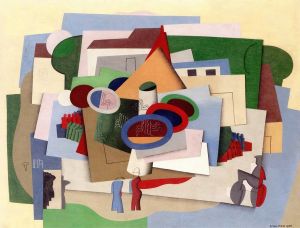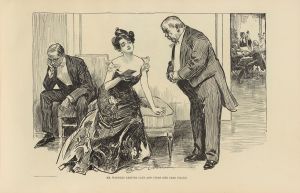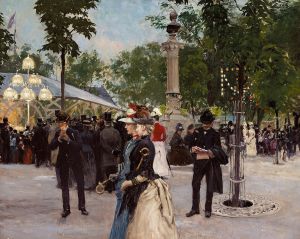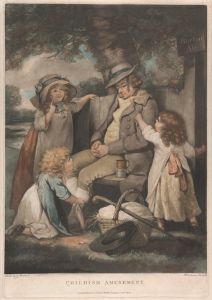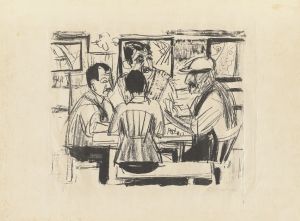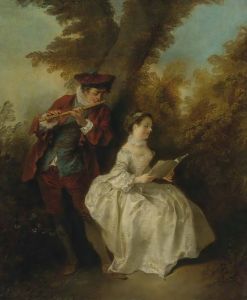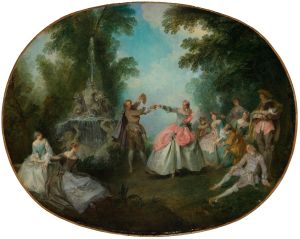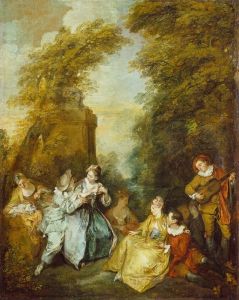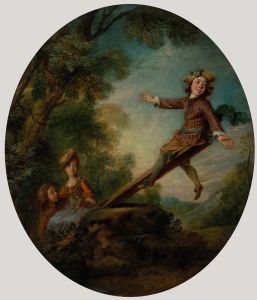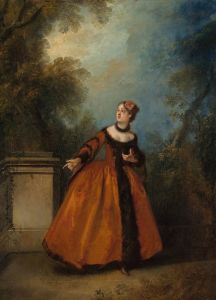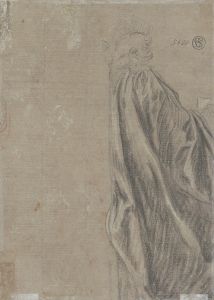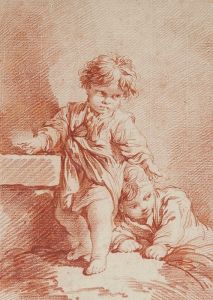
Blind Man’s Buff
A hand-painted replica of Nicolas Lancret’s masterpiece Blind Man’s Buff, meticulously crafted by professional artists to capture the true essence of the original. Each piece is created with museum-quality canvas and rare mineral pigments, carefully painted by experienced artists with delicate brushstrokes and rich, layered colors to perfectly recreate the texture of the original artwork. Unlike machine-printed reproductions, this hand-painted version brings the painting to life, infused with the artist’s emotions and skill in every stroke. Whether for personal collection or home decoration, it instantly elevates the artistic atmosphere of any space.
"Blind Man’s Buff" is a painting by the French Rococo artist Nicolas Lancret, created around 1728. Lancret was known for his genre scenes that often depicted lively and elegant social gatherings, and this painting is a quintessential example of his work. The painting captures a popular pastime of the 18th century, the game of blind man's buff, which was a common feature of social entertainment during that period.
In "Blind Man’s Buff," Lancret portrays a group of well-dressed men and women engaged in the game in an outdoor setting. The participants are depicted in fashionable attire of the time, with the women in elaborate dresses and the men in coats and breeches. The central figure, who is blindfolded, reaches out to catch one of the other players, while the others either try to avoid being caught or watch the scene with amusement. The expressions and gestures of the figures convey a sense of playful interaction and enjoyment.
The painting is characterized by its vibrant colors, fluid brushwork, and attention to detail, which are hallmarks of the Rococo style. Lancret's use of light and shadow adds depth and dimension to the scene, enhancing the overall sense of movement and liveliness. The background features a lush garden with trees and foliage, providing a picturesque setting that complements the cheerful mood of the gathering.
Nicolas Lancret was a contemporary of Antoine Watteau, another prominent Rococo artist, and was influenced by Watteau's style and subject matter. However, Lancret developed his own distinct approach, often focusing on scenes of everyday life and leisure activities. "Blind Man’s Buff" reflects Lancret's interest in capturing the social customs and amusements of his time, offering a glimpse into the leisurely pursuits of the French aristocracy and bourgeoisie.
The painting is part of the collection at the Louvre Museum in Paris, where it is displayed alongside other works by Lancret and his contemporaries. It is considered one of Lancret's notable works and is appreciated for its charm, elegance, and depiction of 18th-century social life.
"Blind Man’s Buff" not only showcases Lancret's artistic skill but also serves as a historical document, providing insight into the cultural and social practices of the Rococo period. The painting remains a valuable piece for both art historians and enthusiasts, illustrating the playful and carefree spirit that characterized much of the art and society of the time.





